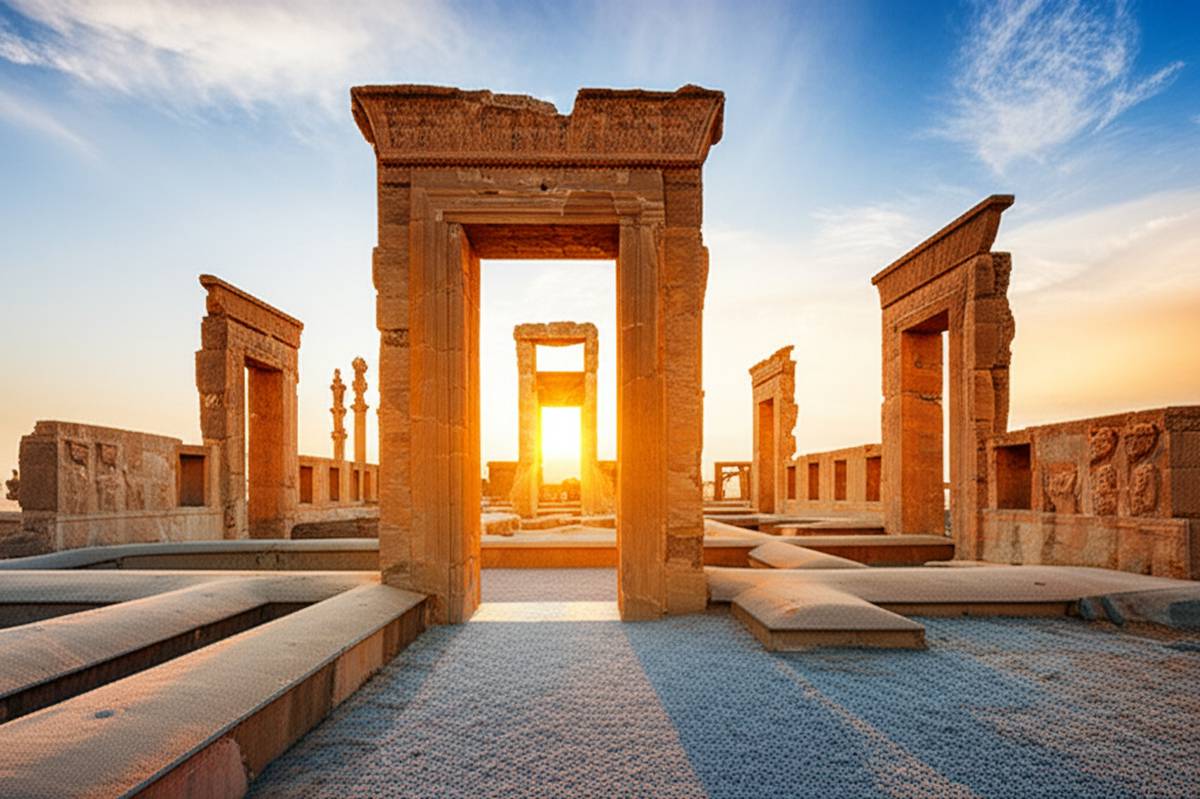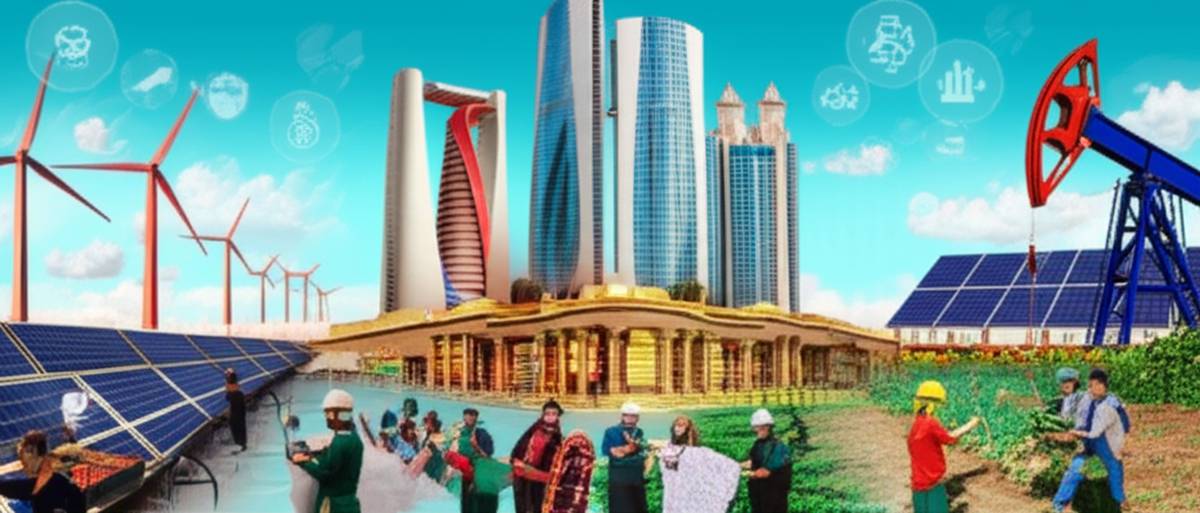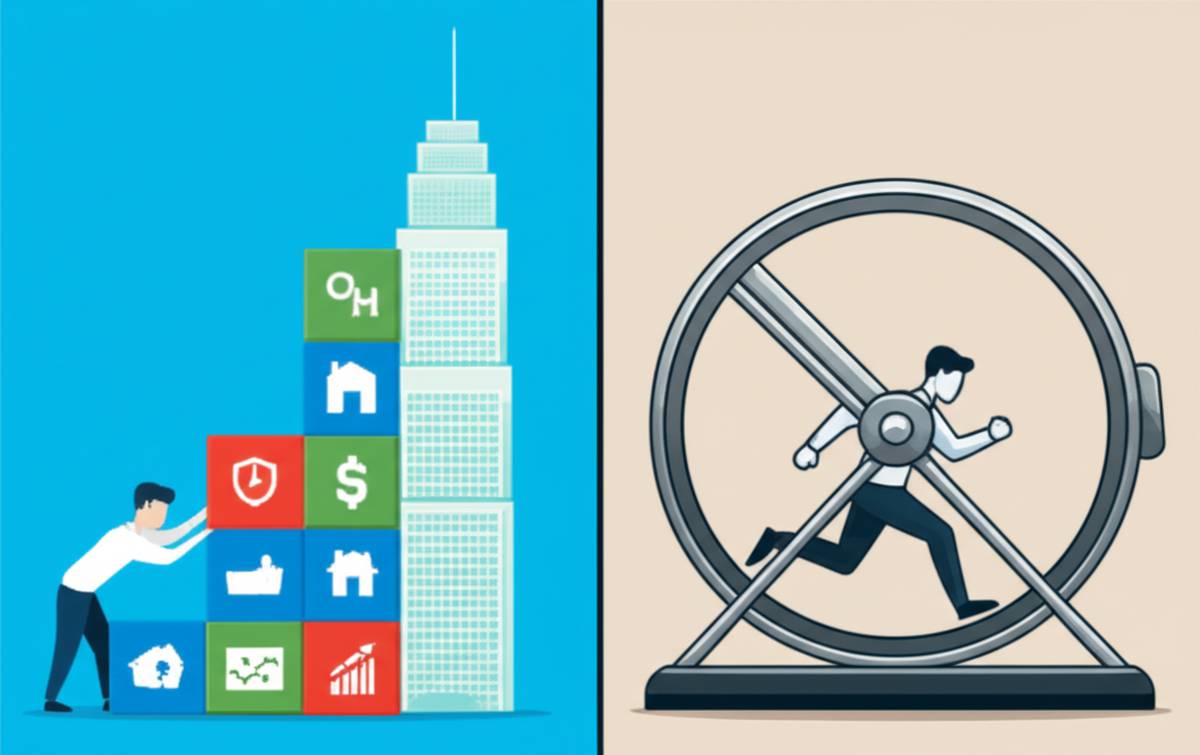Iran’s Economy in 2025: Navigating Challenges and Opportunities
Understanding Iran’s Economy 2025 requires a careful analysis of current trends, geopolitical factors, and domestic policies. This article provides a comprehensive overview of the potential pathways for Iran’s economic development, highlighting key challenges and opportunities for growth and investment. At Billionmode, we aim to provide clarity on complex issues and empower our readers to make informed decisions about wealth building and navigating the global economic landscape. Let’s delve into what the future holds for Iran’s economy.
Current Economic Landscape: A Foundation for 2025
Before projecting into 2025, it’s crucial to understand the present state of Iran’s economy. Key factors include:
- Impact of Sanctions: International sanctions continue to significantly constrain Iran’s access to global markets and financial systems.
- Oil Revenue Dependency: The Iranian economy remains heavily reliant on oil revenues, making it vulnerable to fluctuations in global oil prices.
- Inflation and Unemployment: High inflation rates and unemployment, particularly among the youth, pose significant challenges.
- Government Policies: Government policies aimed at import substitution and economic self-reliance shape the business environment.
These factors form the bedrock upon which Iran’s economic trajectory will be built in the coming years. It’s essential to monitor these elements to anticipate future economic conditions. Learn more about building wealth effectively on our wealth building page.
Forecasting Iran’s GDP Growth to 2025
Predicting Iran’s GDP growth requires considering various scenarios. Optimistic scenarios assume a partial easing of sanctions, leading to increased oil exports and foreign investment. Pessimistic scenarios anticipate continued or intensified sanctions, further straining the economy. According to a report by the World Bank, GDP growth forecasts remain highly uncertain and contingent on geopolitical developments. Factors influencing GDP include:
- Sanctions Relief: The extent and timing of any sanctions relief will be a primary driver of economic growth.
- Domestic Reforms: Implementation of economic reforms aimed at improving efficiency and attracting investment will be crucial.
- Regional Stability: Geopolitical stability in the region will positively impact trade and investment flows.
Understanding these influencing factors is vital for strategic planning and investment decisions. Improve your money mindset and prepare for the future.
Key Sectors to Watch: Opportunities for Growth
Despite the challenges, certain sectors within the Iranian economy offer potential for growth. These include:
- Technology and Innovation: Iran has a young and educated population, fostering a growing technology sector.
- Agriculture: Investments in modernizing agricultural practices can enhance food security and export potential.
- Tourism: With its rich cultural heritage, Iran has significant potential to develop its tourism industry, provided geopolitical conditions improve.
- Renewable Energy: Given concerns about climate change, Iran is investing in renewable energy sources like solar and wind power.
These sectors present opportunities for both domestic and foreign investors. Consider exploring digital income opportunities within these growing sectors.
Challenges Facing Iran’s Economy in 2025
Several significant challenges could hinder Iran’s economic progress:
- Geopolitical Risks: Heightened tensions in the region could disrupt trade and investment flows.
- Structural Issues: Deep-seated structural issues, such as corruption and lack of transparency, need to be addressed.
- Brain Drain: The emigration of skilled workers poses a challenge to long-term economic development.
- Water Scarcity: Water scarcity is a growing concern, potentially impacting agriculture and industrial production.

The Role of AI and Automation
Artificial intelligence (AI) and automation are becoming increasingly important in shaping the future of economies worldwide, and Iran is no exception. Integrating AI into various sectors could potentially boost productivity and efficiency. Areas where AI could make a significant impact include:
- Manufacturing: Automating production processes can enhance efficiency and reduce costs.
- Agriculture: AI-powered precision farming can optimize resource utilization and increase yields.
- Healthcare: AI can assist in diagnostics, drug discovery, and personalized medicine.
- Finance: AI algorithms can improve risk management and fraud detection.
Discover how to leverage AI automation to build wealth and improve your life.
Policy Recommendations for Sustainable Growth
To achieve sustainable economic growth, Iran needs to implement sound economic policies. Key recommendations include:
- Diversifying the Economy: Reducing reliance on oil revenues by promoting non-oil exports.
- Improving the Business Environment: Streamlining regulations and enhancing transparency to attract investment.
- Investing in Human Capital: Enhancing education and skills training to improve productivity.
- Promoting Innovation: Fostering a culture of innovation and entrepreneurship.
By implementing these policies, Iran can create a more resilient and diversified economy. For assistance in designing your ideal existence, check out our life design resources.
Impact of International Relations
Iran’s economic future is inextricably linked to its international relations. A thawing of relations with the West could lead to increased trade and investment. Conversely, continued tensions could further isolate the country economically. According to Investopedia, international relations play a significant role in shaping a country’s economic landscape.
The Consumer Market in Iran
Iran has a large and relatively young population, presenting a significant consumer market. However, high inflation and unemployment affect consumer spending. Key trends in the Iranian consumer market include:
- Growing Demand for Consumer Goods: Despite economic challenges, demand for consumer goods remains strong.
- Rise of E-commerce: Online shopping is becoming increasingly popular, particularly among younger consumers.
- Focus on Value: Consumers are increasingly price-conscious and seek value for money.
Looking Ahead: Iran’s Economic Trajectory
Iran’s Economy 2025 is subject to many variables, making precise forecasting difficult. However, by understanding the current landscape, key challenges, and opportunities, stakeholders can make informed decisions. The future depends on Iran’s ability to navigate geopolitical complexities, implement sound economic policies, and leverage its human capital.
Ready to take control of your financial future? Subscribe to the Billionmode newsletter for exclusive insights and strategies on wealth building, financial freedom, and living a purposeful life.
Frequently Asked Questions (FAQ)
What are the main challenges facing Iran’s economy in 2025?
The main challenges include the impact of international sanctions, reliance on oil revenues, high inflation and unemployment, geopolitical risks, structural issues like corruption, brain drain, and water scarcity.
Which sectors offer the most potential for growth in Iran’s economy?
Sectors with growth potential include technology and innovation, agriculture (modernization), tourism (if geopolitical conditions improve), and renewable energy.
What policies are needed for sustainable economic growth in Iran?
Key policies include diversifying the economy, improving the business environment, investing in human capital (education and skills), and promoting innovation and entrepreneurship.


